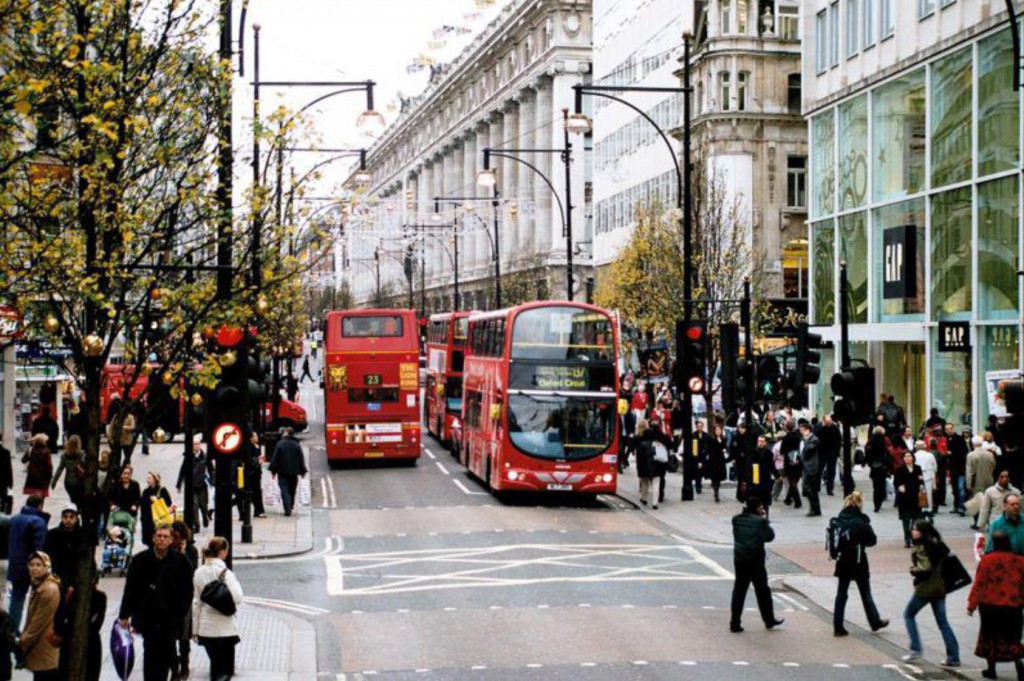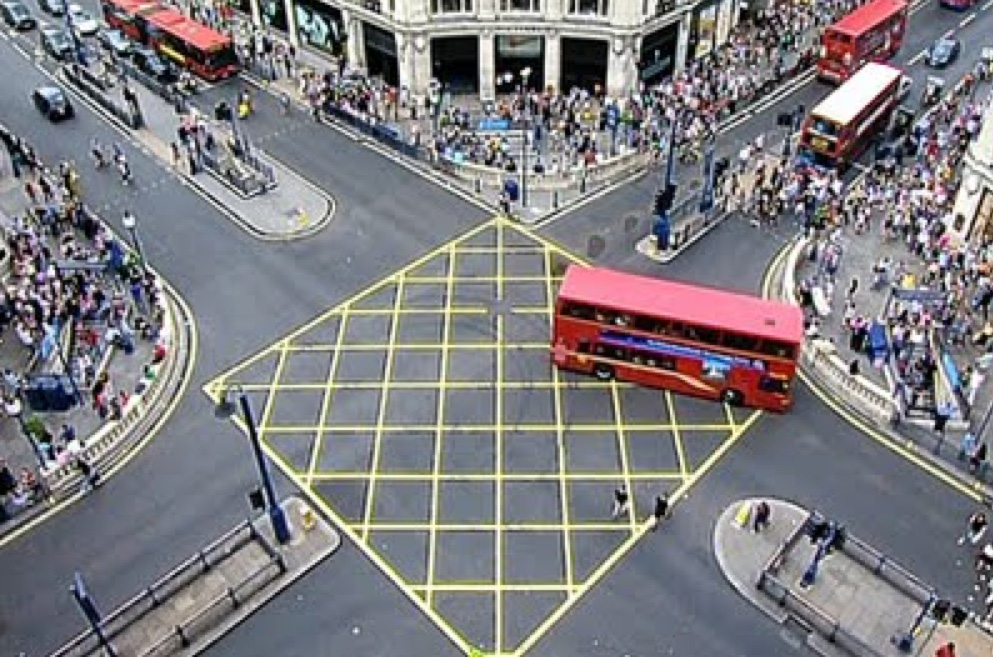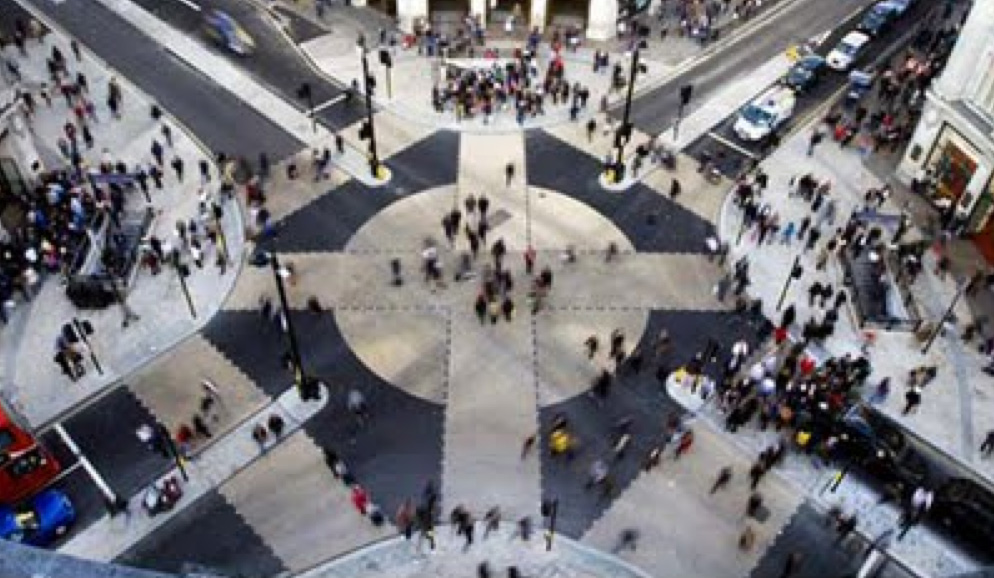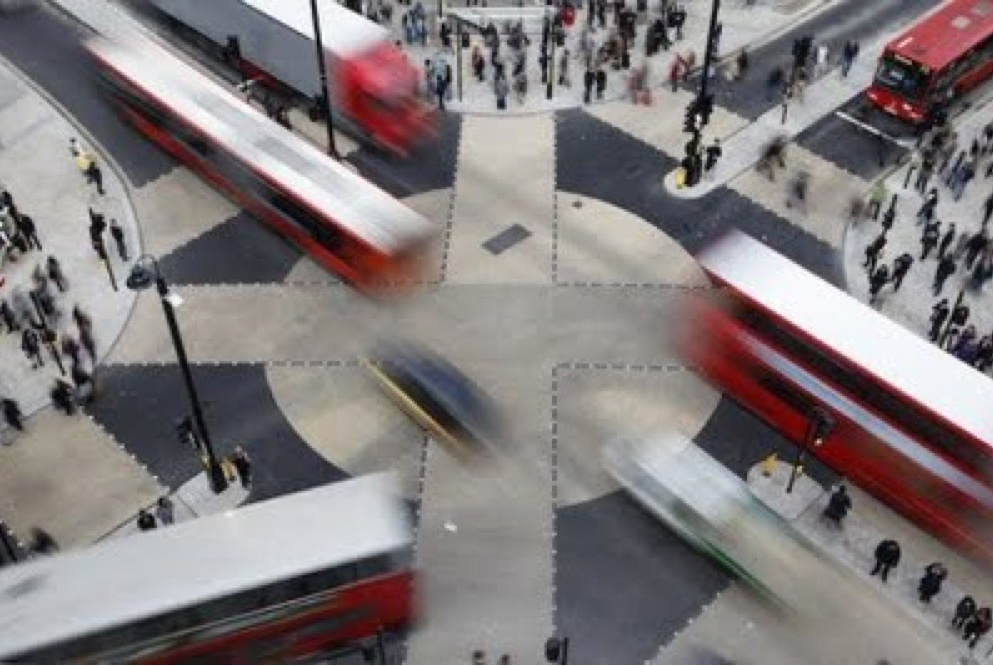Timber posts with nautical rope strung between them are being proposed for segments of the Manners Mall in Wellington, in an effort to stop people crossing the road ‘illegally’. The proposal is by a WCC Councilor, Leonie Gill, who appears shocked and horrified that Wellingtonians have such a care-free attitude to crossing the road. Several people have been knocked down by buses since the former pedestrian mall was converted to a narrow 2-way bus lane, although most of them have been outside the former mall, not inside. She thinks that barriers are the answer. Is this a good idea?

Commenters on stuff’s online blog so far seem equally split, either totally for, or totally against the proposal. Council officers have advised against the proposal, but Councilor Gill seems determined to push the trial period to go ahead. There would seem to be a bit of research needed before such a thing proceeds – do barriers work, are rope barriers a worthwhile form of barrier, and of course – what do other cities do? On of the first things that needs to be examined is whether the traffic numbers actually justify the need for any sort of barrier. Is Manners Mall heavily trafficked with pedestrians? What about buses – are there a lot or just a little?
Wellington’s Golden Mile is busy – very busy. The busiest stretch of footpath in the country, in fact, beating out Auckland’s Queen St by a reasonable margin. Lambton Quay gets around 3000 pedestrians per hour, while Manners St gets about 2500 p/hr, presumably only at peak rush-hour times. But how does it compare to other urban areas? Let’s look at Oxford St in London.

Oxford St, one of Europe’s busiest streets (Britain is a nation of shopkeepers after all…), has a pedestrian flow of 263,720 per week, in 2002, as noted in a 2008 shopping health study. That’ a massive amount, but it peaks even higher in Christmas: way, way higher in fact, when it apparently gets around 6 million visitors per week. It’s difficult to pit peds/hr against peds/week, but Oxford St averages out at 1569 p/hr – for 24 hours a day! or a more realistic 3140 p/hr for 12 hours a day. I think we can agree therefore that their peak hour numbers will be greater than Wellington’s.
So what have they done there to stop people walking into the street? Actually, surprisingly, they have just taken a leaf out of NZ’s book, and introduced the ‘barn-dance’ crossing made famous by Auckland, and have also removed all the barriers formerly at the edge of the road. Yes, Removed them.

This urban design website in Brazil noted about London’s Oxford Circus, that:
“Contrary to popular opinion – that taking away the usual “safety features” would create a dangerous pedestrian environment – traffic accidents on this crossroad have decreased by approx 40% since it was completed. Pedestrian congestion has improved dramatically. Being able to cross diagonally makes it much more efficient for pedestrians, an improvement of 70% has is estimated.”
Here it is before:

And here it is now, with all those barriers removed:

And with those buses passing through:

Not a problem really, is it?

Leave a Reply